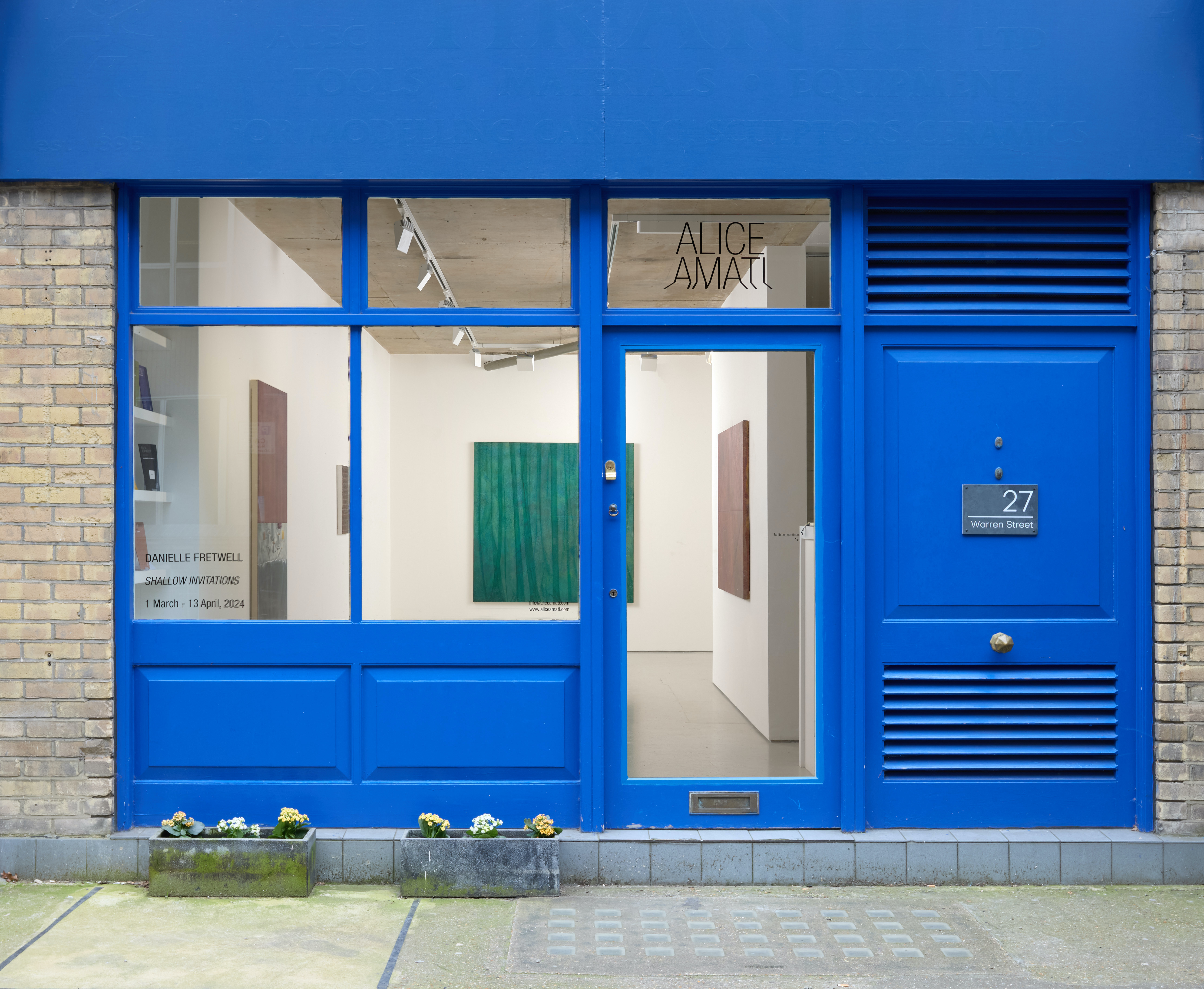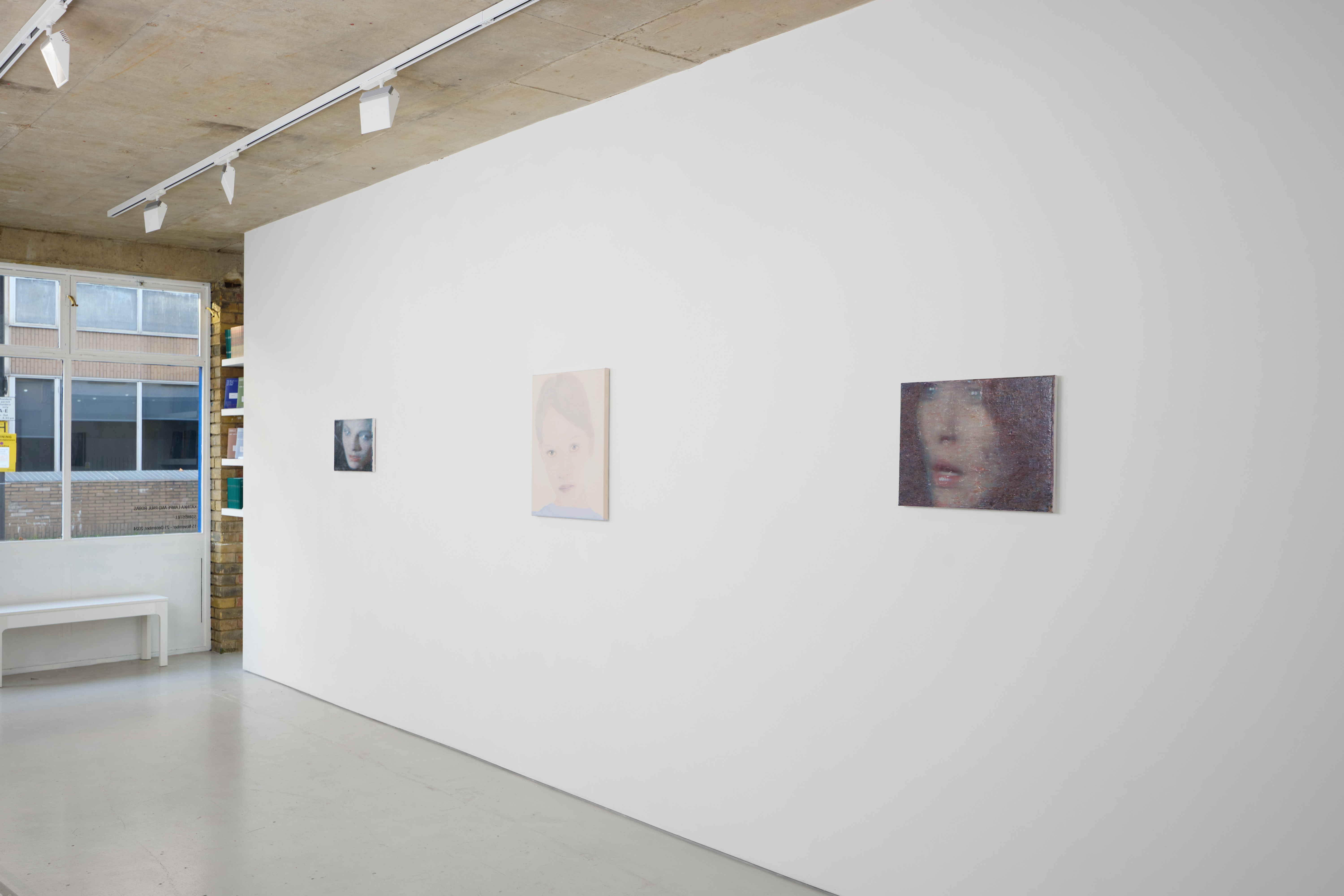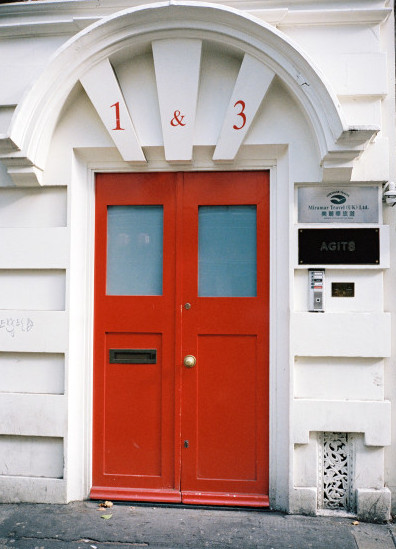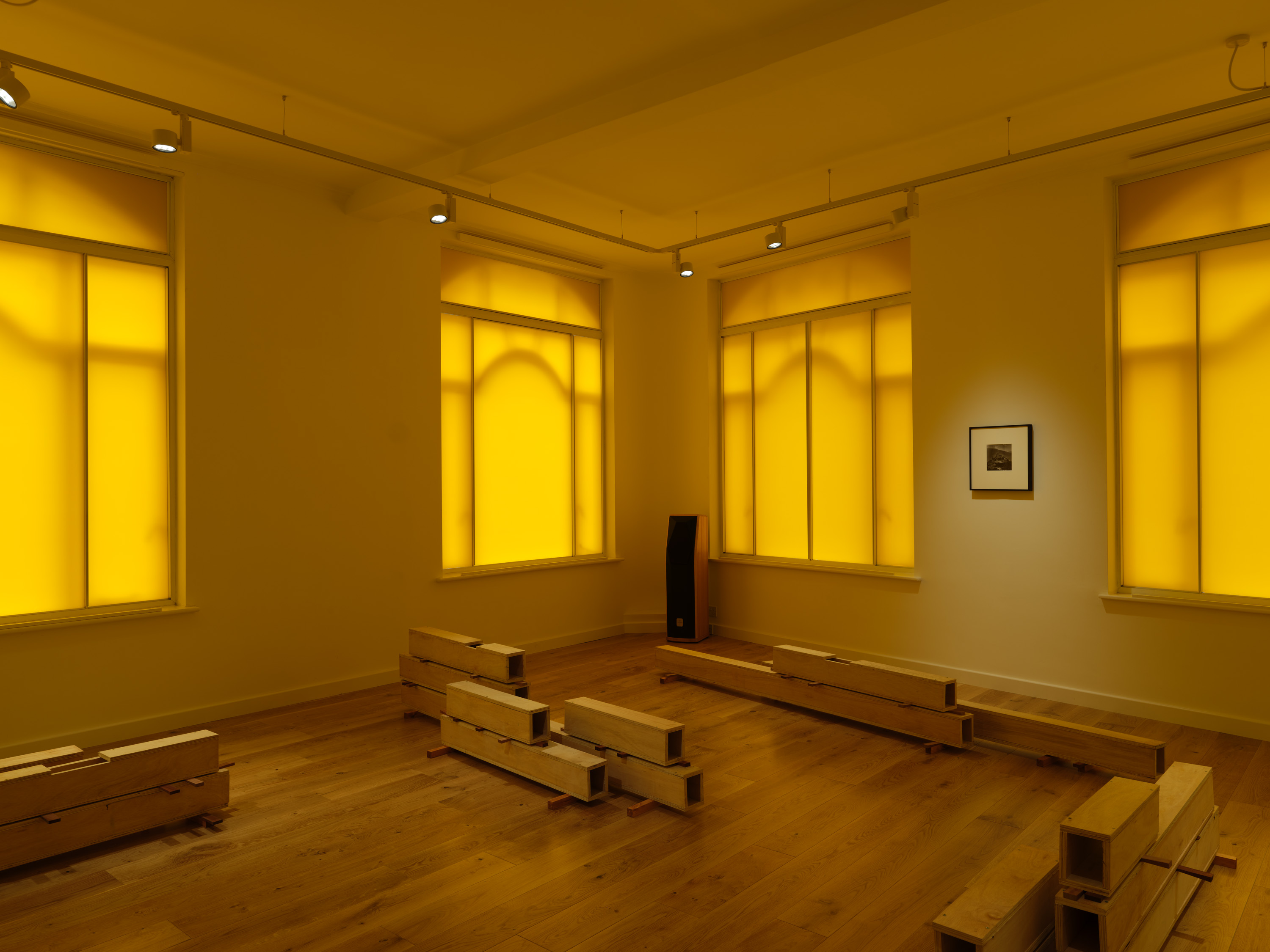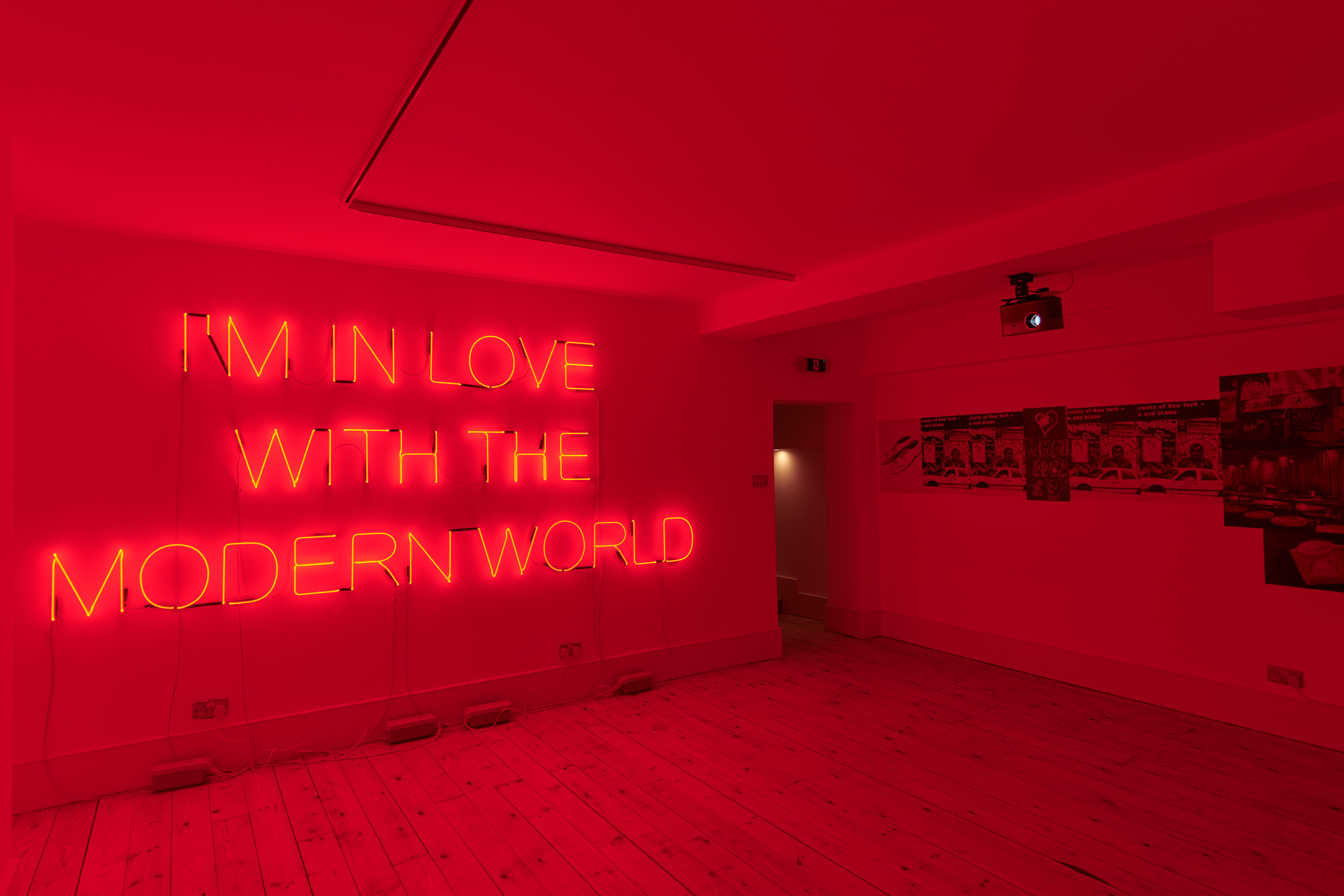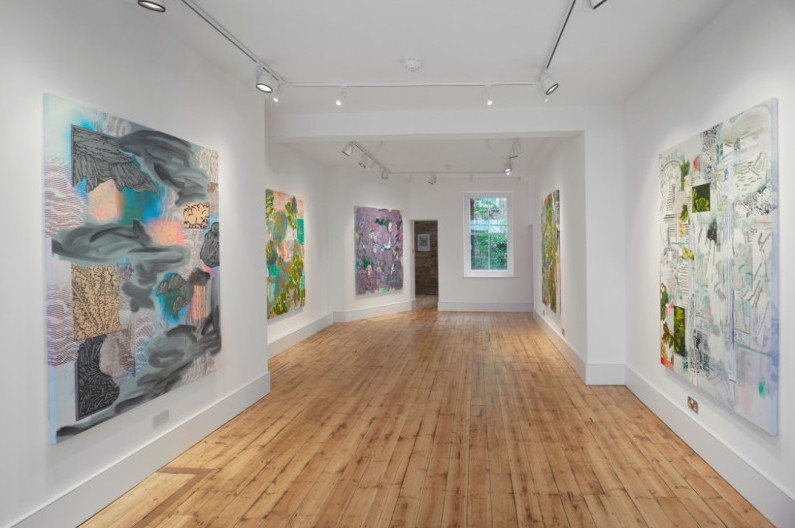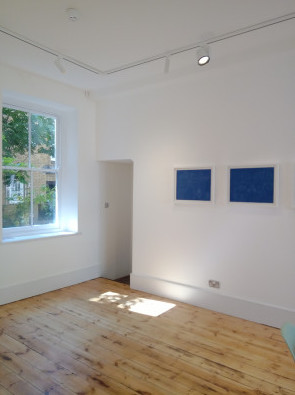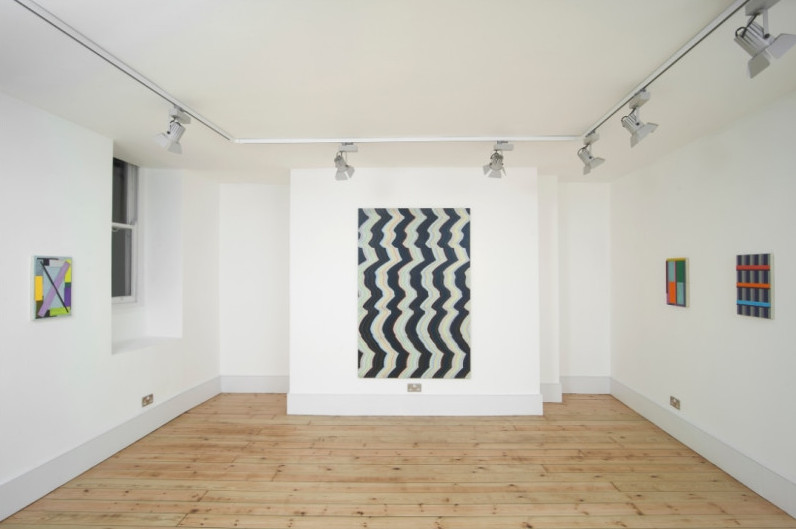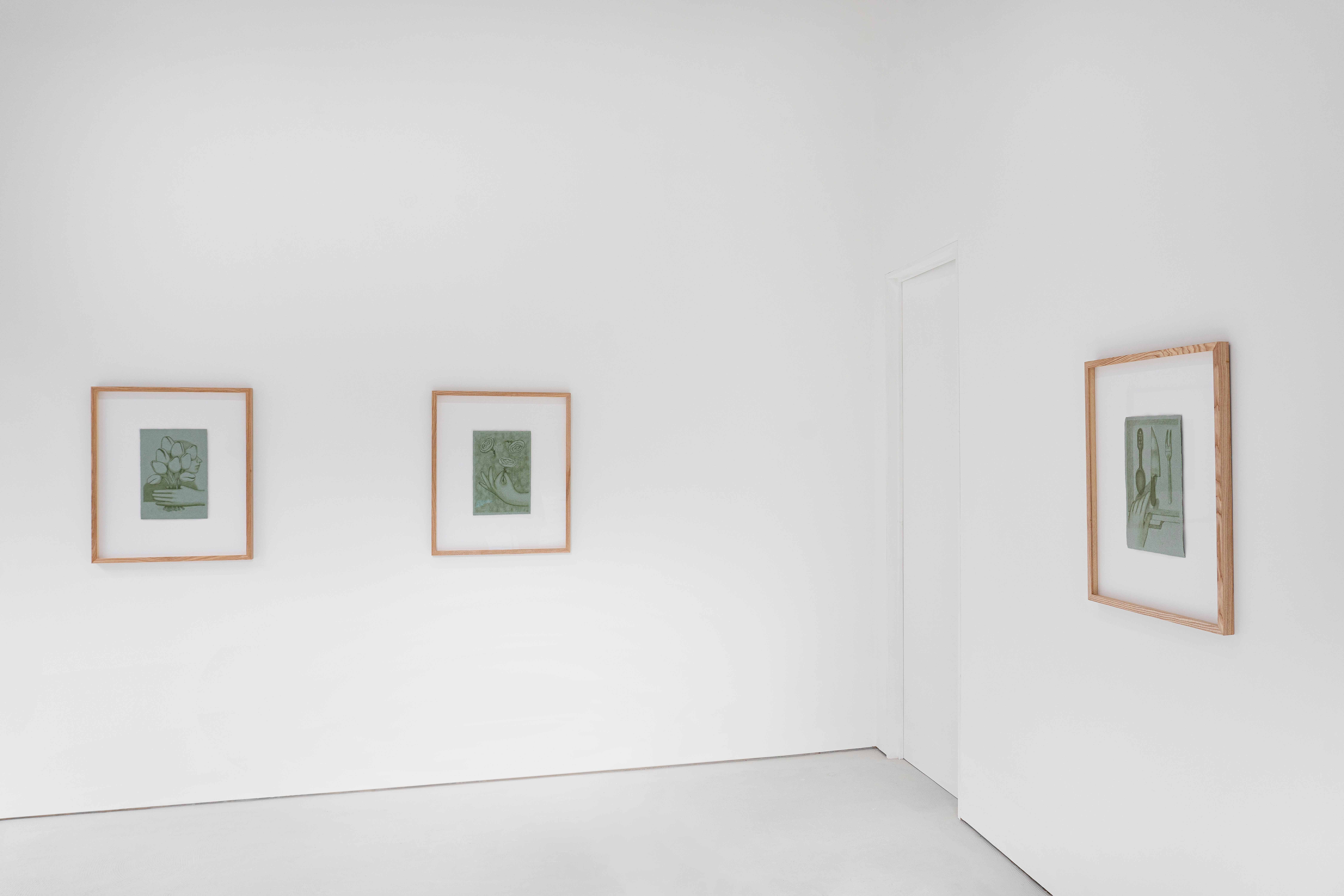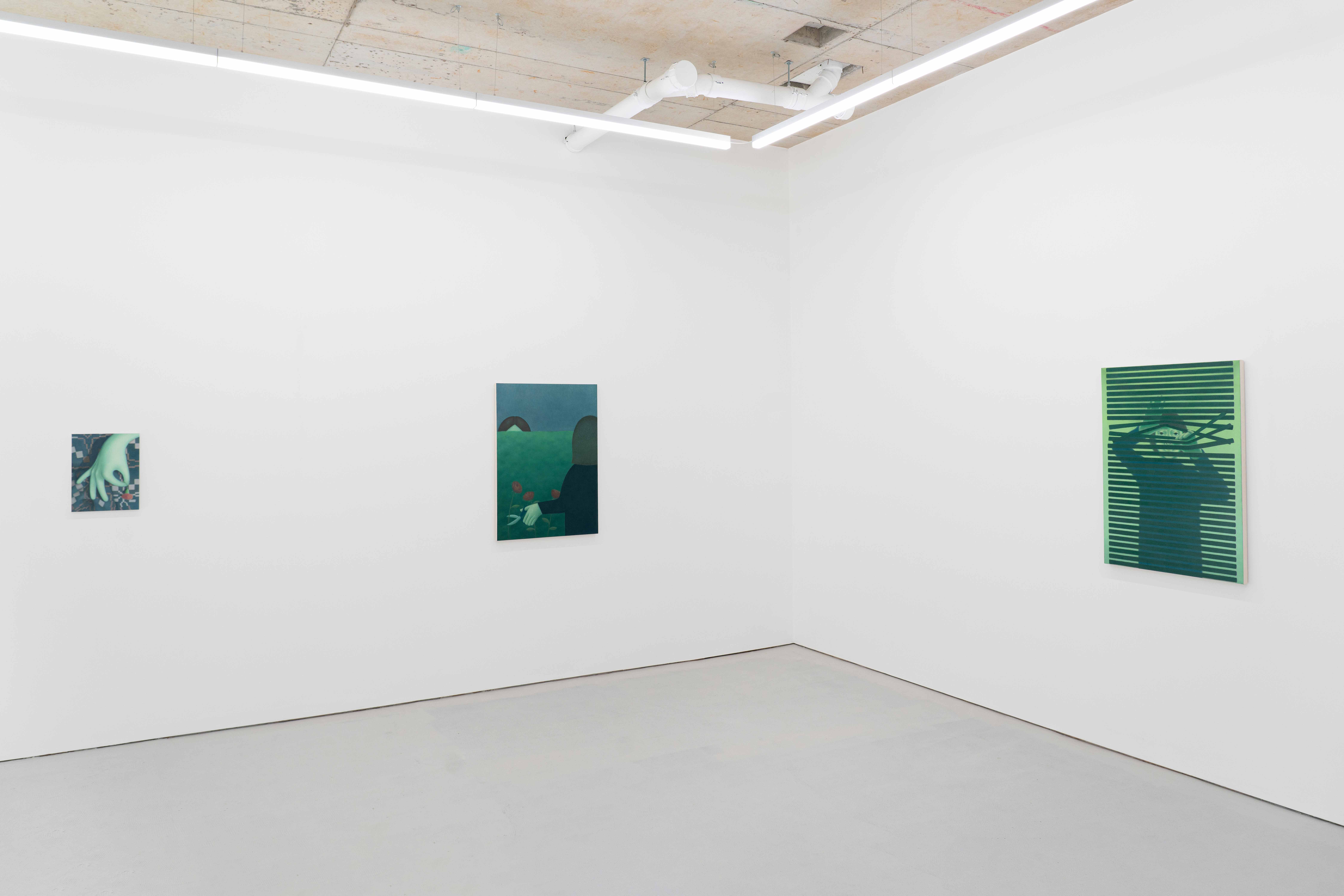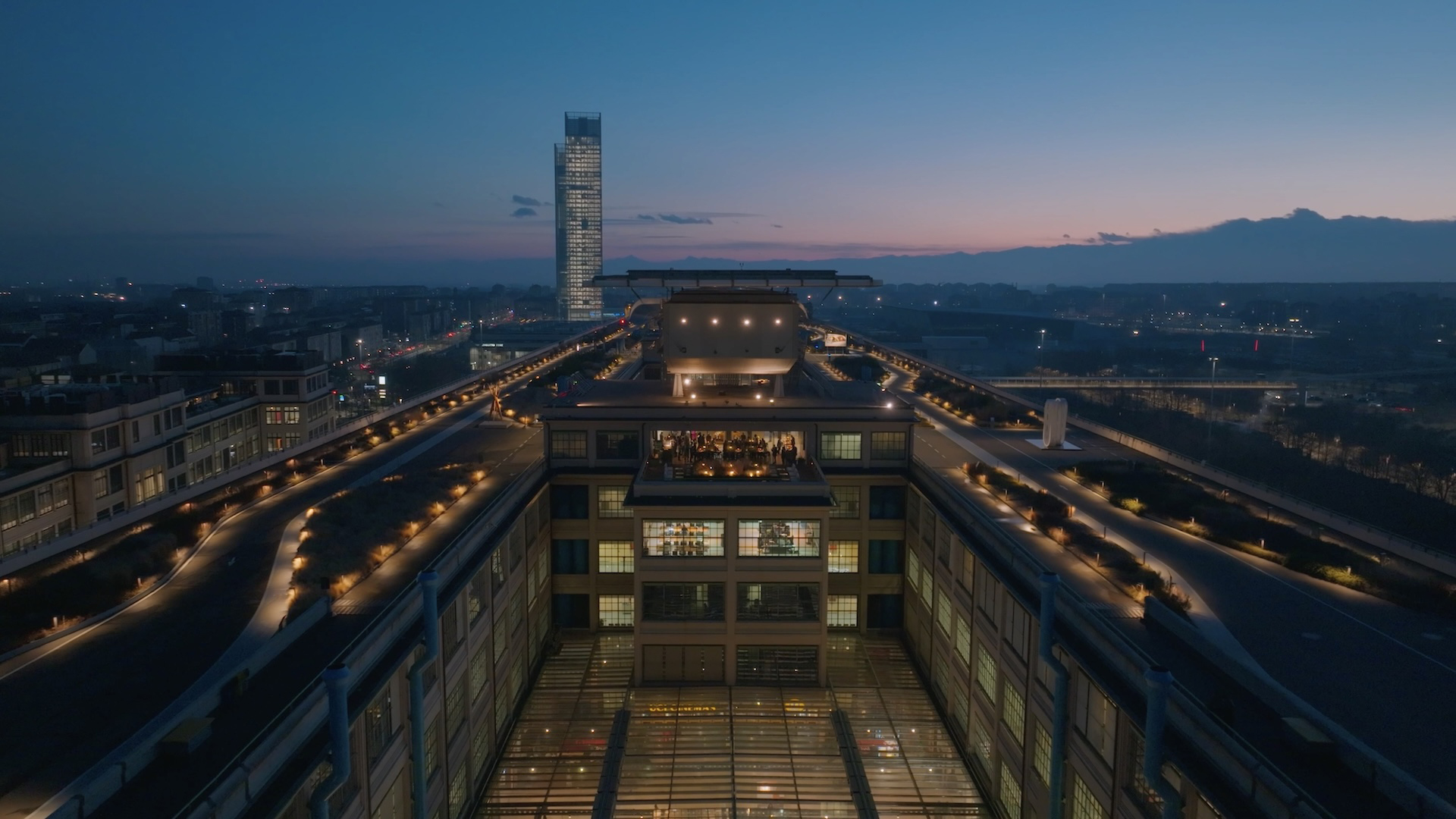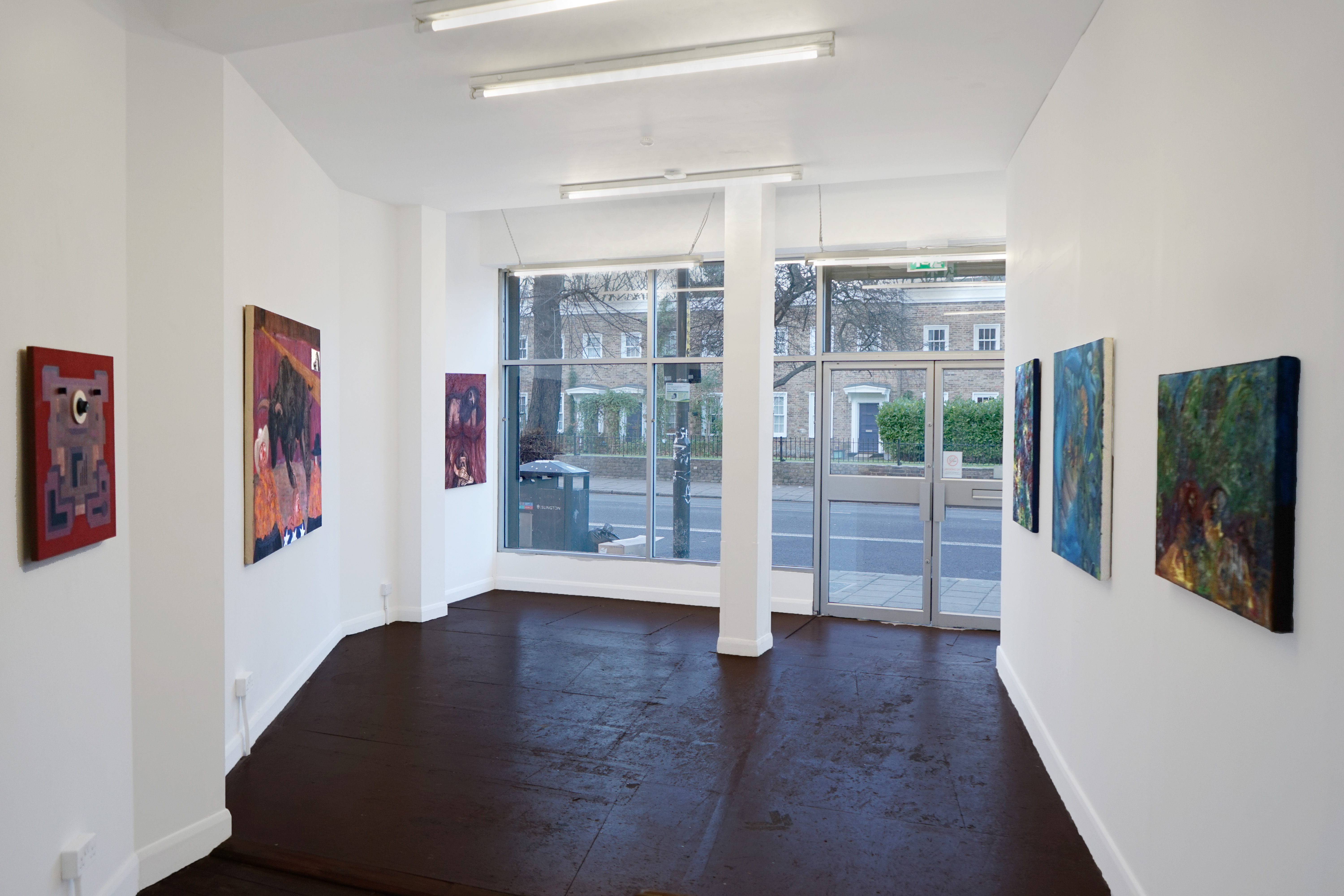
Why London remains a hotspot for new art galleries?
Despite the economic crisis, Brexit, and global competition, London continues to attract new galleries thanks to its cultural energy, diversity, and central role in the contemporary art scene.
It’s a tough time to run a gallery, let alone open up a new one. 2024 was a difficult year for sales, with many galleries telling me it was their worst year yet. Several well-established spaces have closed in recent years - including Simon Lee, Marlborough, Parafin, Vitrine and Fold.
While the difficult year is tied to the post-COVID global cost-of-living crisis, the UK was particularly hit hard because it faced the extra cost of Brexit. For galleries, which often rely on international collectors and artists, Brexit has increased the costs and complexities of importing and exporting artwork.
With Art Basel Paris opening one week after Frieze London, just across the water and safely ensconced in the EU, many art commentators declared it the superior of the two. Publications wrote articles predicting a London versus Paris showdown, with many favouring Paris.
Given these challenges, one might assume that opening a gallery in London is a risky endeavour, yet they continue to open. Why is this the case? What’s driving these galleries? How will they succeed? We spoke to several of London’s newer galleries to get a feel for what makes London their ideal city for starting a new gallery.
Alice Amati set up her eponymous gallery in 2023 in London’s Fitzrovia, a Central London region known for its cultural roots and a burgeoning gallery scene. For her, there was no other place to open a gallery: “It would be impossible to deny that Brexit and the pandemic didn't have a significant impact on businesses in the UK, including art galleries and cultural organisations. However, London remains a unique place where art is integral to the city's fabric. Despite the challenges, the support we continue to receive from the public, artists, colleagues, and collectors in the city is unparalleled.
In London, there is a shared understanding of the importance of emerging galleries to the city’s cultural identity, as they play a vital role in building artists’ careers and being at the forefront of the next generation of talent. This understanding is reflected in the number of new galleries opening here compared to other cities around the world, and the reason why I have never considered launching my first space anywhere else”.
Also in Fitzrovia, Tatiana Cheneviere founded Pipeline in 2022 - a gallery whose name reflects its programme - “I opened a gallery in London during a time when there was a lot of speculation around emerging artists. My idea for the gallery was to tackle this problem by slowing down the public's interaction with art. So I introduced 'the Pipeline', a room at the back where the artists always introduce their exhibition weeks in advance, with a single artwork intended to contextualise their wider practice.
Times are certainly not as they were today but by initially turning the gallery away from keeping up with the pace of the market and by grounding it in something deeper, I hope to have given it more solid footing during tougher times. The London market is tough, outside of London even more so. But London will always be an inspiring community of galleries and artists doing meaningful work, rooted in reasons that don't always align with market changes”, says Tatiana.
Ab-Anbar also opened its permanent and sole space in Fitzrovia in September 2023. Salman Matinfar, co-owner and co-director of the gallery says “We started our practice in London right after the pandemic. Despite all the challenges, we are very invested in the centrality of London as a location. In our program, we work with many artists from the Middle East. Geographically, London can be considered a bridge, connecting us to all potential art scenes around the globe while also helping us stay connected to the region we are inspired by.
Concurrently, the cultural diversity of London enables us to present a unique program that not only has a relevant audience but also opens windows for those who are interested and willing to learn about missing voices in the London art scene."
 Installation by Meryl Yana, Pipeline Gallery, London, photograph by I. Scott
Installation by Meryl Yana, Pipeline Gallery, London, photograph by I. Scott
Mayfair is London’s densest gallery district and it includes new openers Upsilon Gallery which set up its second space in London in 2024, after being founded in New York. Founder Marcelo Zimmler says “I’ve always liked London on a personal level, and was eager to enter that market which always considered a perfect fit for our value proposition.
It is true that the UK is having a rough time at the moment, post-Brexit, etc., but it’s also true that hard times tend to come with new opportunities … Being in the right places is important for business because it sends the right message. London is one of those places, and especially Mayfair, so no matter how tough things get, London will always be London”.
They’re not the only new to London space in Mayfair with Bernheim opening a space here in 2023, having opened its first branch in 2016 in Switzerland. More galleries are moving into Mayfair soon including Asia Pacific gallery Ames Yavuz opening in April 2025. This will be their third space after a founding gallery in Singapore, followed by another in Australia. Founding director Can Yavuz says: “There is an incredibly dynamic art market and a depth of talent in Australia and Asia, which we’ve seen gather increasing international attention over recent years. We are thrilled to be bringing this unique programme to the UK – to an audience that is so wonderfully receptive to other cultures and practices”.
 Installation view, Upsilon Gallery, London, courtesy of Upsilon Gallery
Installation view, Upsilon Gallery, London, courtesy of Upsilon Gallery
Expanding that their artists “shed light on cultures and histories which have not taken centre-stage in Western fairs, museums and galleries nearly as much as they deserve.”
They are not the only ones arriving in London in 2025 as Perrotin will be taking over a space inside Claridge’s, next to its ArtSpace cafe. Its founder Emmanuel Perrotin has stated that “it’s important to have a gallery in the British capital. We have a long-standing relationship with the UK art scene and collectors”.
Next door to Mayfair is Soho, and Cedric Bardawil opened his first-floor space here in 2022. He describes it as “it felt like the right time for me to open a permanent space after several years' experience hosting pop-up exhibitions, performances and music projects … I think there's never been a more exciting time for contemporary art in London, with more people interested, more diverse work, more collaboration and more crossover between disciplines”.
Eschewing the traditional gallery model, Great Pulteney Street Gallery has also opened in Soho and it’s a hire space with a social mission. Monika Bobinska, the gallery coordinator, clarifies: “Soho has always been a magnet for artists and galleries, and with this in mind, Soho Housing launched Great Pulteney Street gallery in July 2024 … The gallery offers a fantastic location, experienced support and maximum curatorial flexibility. We have lots of exciting projects and partnerships in the pipeline. Soho Housing Association was born out of a belief that ordinary people should be able to live and work in central London … It remains a mixed-use building, with four affordable homes above and a gallery below”.
The new openings aren’t limited to Central London as Twilight Contemporary has opened in North London on Essex Road with extended opening hours. These energetic hours are reflected in the bullish views of gallery director Sam Hanson: “The tough market is the reset the art world needs and is exactly why we at Twilight Contemporary believe it is the right time to offer something a little bit different. As galleries we need to step out of our comfort zone and bring energy and excitement back to the exhibiting world, we need to offer a different experience and have a bit of fun with it … A serious gallery by day, but by evening we are a space we can share over a cocktail amongst the work of some of London’s most exciting contemporary artists”.
On the other side of the River Thames, William Hine has opened his eponymous space in Camberwell, South London. Will says: “Opening in 2024 may not have seemed like the most ideal timing … That being said the consensus among peers I spoke to reinforced the idea that for any new gallery you really just have to focus on a strong program that reflects your vision and accept that survival means success at the outset. Better to do that in tough times and be cautious than to rapidly grow during an overinflated market and get a rude awakening if it takes a turn.
London is always going to be one of the best cities in the world for emerging artists and galleries, as we’ve witnessed in the last few years. The bar is extremely high here among established and emerging galleries alike and there’s a lot of competition. That makes it difficult but also exciting, as you have to innovate, take risks and work hard”.
Over in East London Public Gallery was founded in 2020, and has recently expanded their space in 2025. Founding director Harry Dougall says, “There’s no doubt the market has changed in recent years, but we’re confident London will continue to be an epicentre of the contemporary art scene, and our many colleagues who have recently opened galleries or decided to expand like us, ensures this”.
Palmer Gallery is in West London, just off Edgware Road, and in an historic building once used to manufacture Spitfire planes during World War II. Co-founder Lucas Giles says, “The young London gallery scene is buzzing with energy right now, and we wanted to be part of that dynamic ecosystem”.
 Laurence Owen, Surfing the Hell Realm, St. Chads Gallery, Wicklow St., London
Laurence Owen, Surfing the Hell Realm, St. Chads Gallery, Wicklow St., London
Experiencing two sides of London Sherbet Green first set up in East London (Cambridge Heath) in 2022 and moved to North-West London (Acton) in 2025, located within the Queenrollahouse building alongside artist studios. Director, Mazzy-Mae Green talks about setting up her first space when she says, “Other independent projects were opening around the city and it felt like rich creative ground for artists across London, which has often sat at the forefront of contemporary art … So, despite the challenges of Brexit and a down market, which has been undoubtedly tough for art galleries and artists, the last five years have also provided so much opportunity”.
Another alternative gallery model is St Chads in Kings Cross, founded by Benjamin Orlow, “I think there's currently a shortage of spaces for artists who work with large-scale sculpture and installation in central London, especially if the work is ephemeral and not commercially viable. St. Chads is completely non-profit and situated in a guardianship, which helps keep the running costs down”.
 Exterior view, Li Li Ren, The World Forgetting, by the World Forgot, 2024, Sherbet Green Gallery, Bethnal Green, London
Exterior view, Li Li Ren, The World Forgetting, by the World Forgot, 2024, Sherbet Green Gallery, Bethnal Green, London
There’s no denying that it’s tough to be a gallery operating in London but the raft of new gallery openings suggests that there’ll always be a market for new galleries in London - from those opening up in glitzy Mayfair to those supporting emerging artists.
I’ll admit my bias as a proud born-and-bred Londoner and London-based art critic, but it remains a dynamic city with more art than anyone can see. There’s nowhere in the world with a greater density of top art schools with graduating artists always needing a place to show their work.
These new galleries coupled with the artists studios doubling as exhibition spaces suggest that London’s status as a global art hub isn’t fading anytime soon - no matter the challenges ahead, as Hanson of Twilight Contemporary says, “We need to remind the world how exciting London as a city really can be”.
Cover image: interior view of the Twilight Contemporary Gallery, 378 Essex Rd, London
Tabish Khan is an art critic specialising in London's art scene and he believes passionately in making art accessible to everyone. He visits and writes about hundreds of exhibitions a year covering everything from the major blockbusters to the emerging art scene.
He writes for multiple publications, and has appeared many times on television, radio and podcasts to discuss art news and exhibitions.
Tabish is a trustee of ArtCan, a non-profit arts organisation that supports artists through profile raising activities and exhibitions. He is also a trustee of the prestigious City & Guilds London Art School and Discerning Eye, which hosts an annual exhibition featuring hundreds of works. He is a critical friend of UP projects who bring world class artists out of the gallery and into public spaces.
